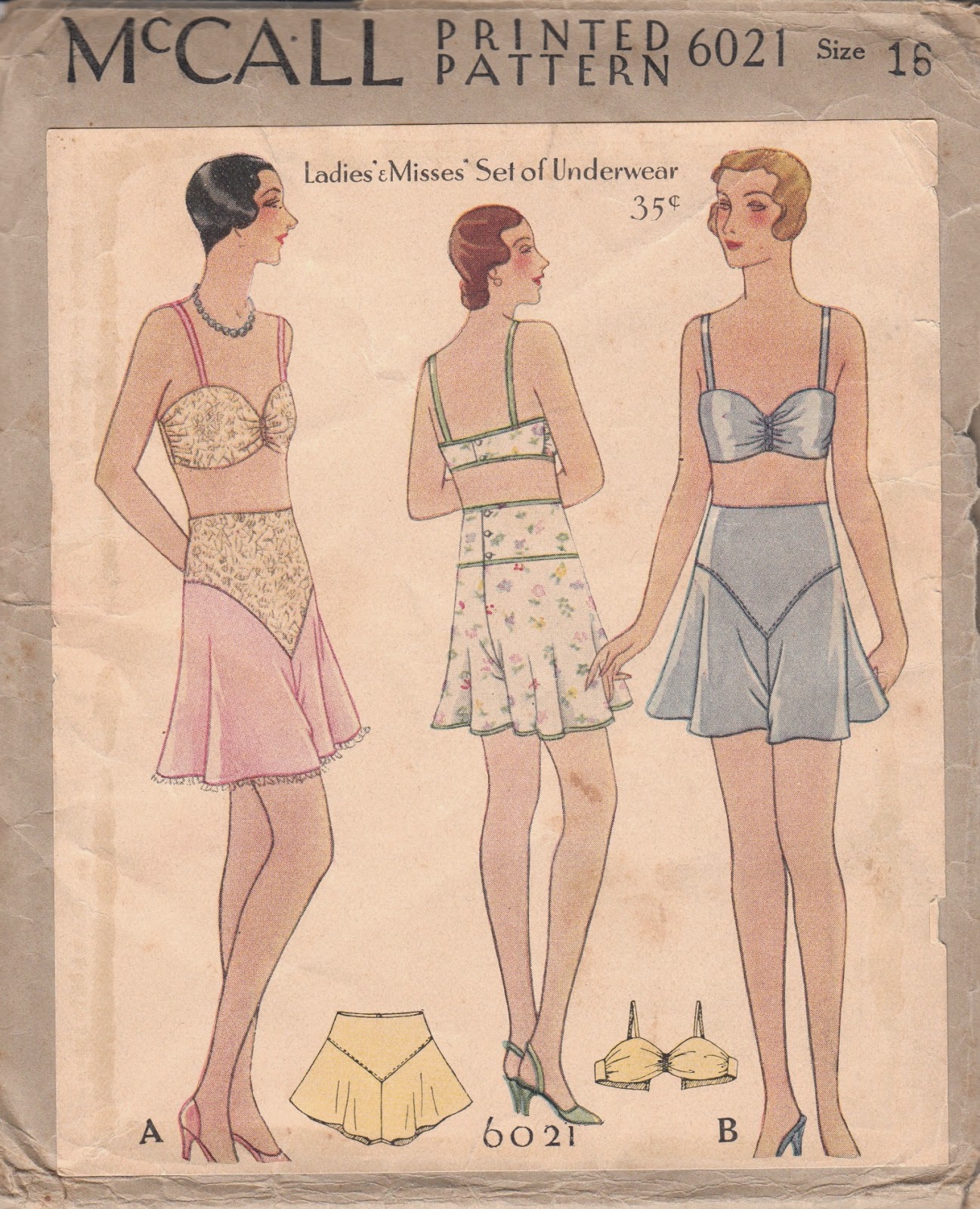Portuguese Folkloric Costume: Bodice
Called the corpete or colete (corpete meaning bodice and colete meaning vest), this piece has many traces of 18th century styling in its seaming and embroidery. The traje de lavradeira is the most embroidered of the traditional costumes in Viana do Castelo; the mordoma (handmaiden) and noiva (bride) are decorated not with embroidery but with with seed and bugle beads.
The corpete is constructed in 10 pieces: left and right shoulder straps in the 18th century style, upper back right and left, lower back right and left, upper front right and left, lower front right and left. There is a seam running down the center back. There is also a seam where the black wool meets the red wool; the black wool piece is embroidered first, then topstitched to the upper part of the corpete. Traditionally, the embroidery on the black wool is polychromatic, while the embroidery on red wool or top of the corpete is only in white.
The seaming of the corpete--particularly the shoulder strap piece--is indicative of 18th century techniques. I am fascinated by how these vestiges of historical tailoring are immortalized in folk costume; equally fascinating is how not everyone was always at the forefront of fashion, especially in poor or isolated neighborhoods. The poor or isolated would not have had the resources--and perhaps not the inclination--to dress in the most current fashions.
The corpete fastens in center front with 6 hand bound eyelets in a contrasting yellow thread. My corpete is lined in a blue printed cotton; the lining has a knife pleat for fullness at the center back. Unlike the outside of the corpete, the lining is cut with a back, shoulder yoke (or could it just be pieced fabric?) and two side fronts. The corpete is bound around the edges with matching cotton tape.
In our group, we fastened the corpete with our choice of ribbon or braid. Some just used white shoelace, but I had rolls of thin green or red ribbon, and I would lace with whatever color matched my mood. Sorry that this looks so comically small on my mannequin!
The corpete is constructed in 10 pieces: left and right shoulder straps in the 18th century style, upper back right and left, lower back right and left, upper front right and left, lower front right and left. There is a seam running down the center back. There is also a seam where the black wool meets the red wool; the black wool piece is embroidered first, then topstitched to the upper part of the corpete. Traditionally, the embroidery on the black wool is polychromatic, while the embroidery on red wool or top of the corpete is only in white.
The corpete fastens in center front with 6 hand bound eyelets in a contrasting yellow thread. My corpete is lined in a blue printed cotton; the lining has a knife pleat for fullness at the center back. Unlike the outside of the corpete, the lining is cut with a back, shoulder yoke (or could it just be pieced fabric?) and two side fronts. The corpete is bound around the edges with matching cotton tape.
In our group, we fastened the corpete with our choice of ribbon or braid. Some just used white shoelace, but I had rolls of thin green or red ribbon, and I would lace with whatever color matched my mood. Sorry that this looks so comically small on my mannequin!
 |
| Detail of the front shoulder strap seam. |










